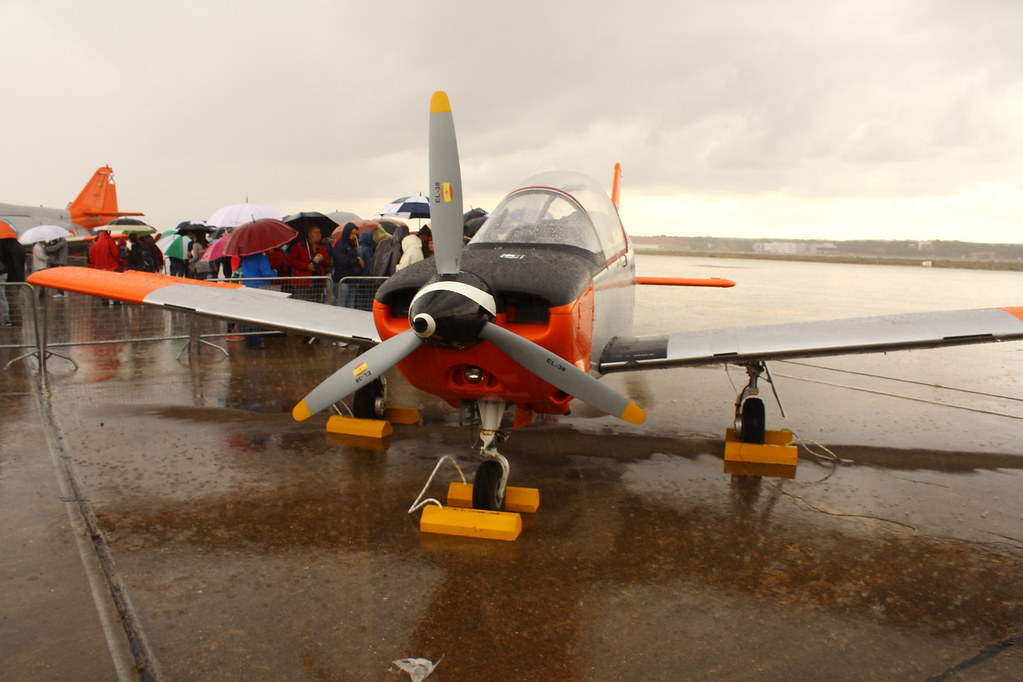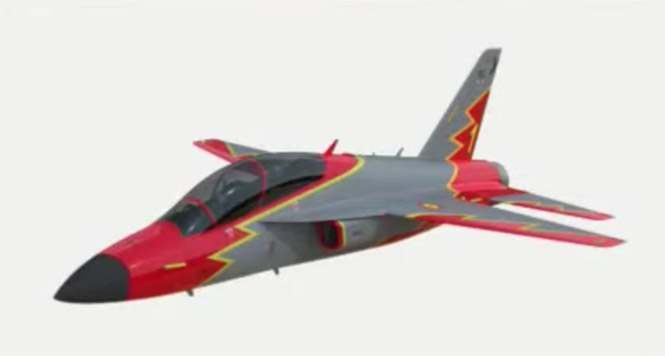The government will drastically reduce the fleet of basic trainers of the Spanish Air Force
The students of the Elementary School of the General Air Academy (AGA) will have much fewer planes for their flight training.
On December 5, the Council of Ministers approved the purchase of 16 Swiss-made Pilatus PC-21 (E.27), to replace the current trainers of the AGA Elementary School, the ENAER T-35C Pillán, called E.26 Tamiz by the Spanish Air Force. The contract includes the supply of 10 sets of external tanks, 2 cockpit simulators for procedures training, 1 FFS (Full Flight Simulator) with the associated infrastructure, 22 stations of the assisted teaching system per computer (CBT) and 15 AST (Aircraft System Trainer) licenses, in addition to 7 mission planning and debriefing systems (MPDS) and an associated logistics package.

This Tuesday, December 27, the Council of Ministers authorized the execution of a supply contract for the acquisition of those 16 PC-21s for 248,460,000 euros. The reference of the Council of Ministers states: "This acquisition aims to replace the fleet of Pillan E-26 TAMIZ trainer aircraft in service for almost 35 years, with units of the PC-21 aircraft model (E.27), to guarantee greater safety in flight, improve the quality of teaching by carrying out the different phases of teaching in the same type of aircraft, and with more modern avionics systems."

The data that does not appear in these two references from the Council of Ministers is that of the current fleet of T-35 Pillán. An omission that may be explained by the fact that the fleet of basic trainers is going to be reduced in number, although it has better planes (after all, it goes from a plane with a piston boxer engine and a power of 305 CV to a turboprop of 1,632 CV). The Air Force indicates on its website that in 1985 41 T-35 Pillán were purchased, which replaced the Beechcraft T-34 Mentor and the Bücker Bü-131.

According to Aviation Safety Network, 5 of the T-35Cs Pillán of the Air Force were lost in accidents, in 1989, 1991, 1992, 2001 and 2019. Two of those accidents were fatal and four crew members died in them (in 1989 and 2019). The Scramble website has indicated that there are 36 T-35C active in the AGA. Thus, the AGA will go from a fleet of 36 basic trainers to only 16. It is only 44% of the current fleet.

This drastic reduction of units can be explained in the current context of economic crisis and demographic crisis (there are fewer and fewer young people in Spain) in the fact that the PC-21 is a more expensive aircraft than the T-35C , but there is a precedent that also affects the flight training of AGA students. Let us remember that the Air Force had 60 CASA C-101 Aviojets in service, but only 24 PC-21s were purchased to replace them. At the moment, the C-101 is still active in the Patrulla Águila, but soon it will have to look for a replacement when it reaches the end of its useful life.

Let's remember that two years ago Airbus proposed the AFJT to replace part of the C-101 fleet, including those of the Patrulla Águila, and the F-5BMs of the 23rd Wing. The Spanish Air Force showed its interest in the AFJT, but the government of Pedro Sánchez continues without confirming that program that was would manufacture in Spain, to such an extent that the European company seems to have tired and Airbus has decided to opt to support the South Korean FA-50. Recall that a few months ago, Poland opted for the FA-50 to replace its MiG-29, since this excellent South Korean aircraft, in addition to being a trainer, also serves as a light fighter.
It is worth wondering if part of the C-101 fleet will eventually be left without a substitute, just as it will happen with the T-35C, and in the same way that it will also happen, predictably, with the armored BMR- 600 and M-113 of the Army (the Dragon VCR, planned to replace the former and part of the fleet of the latter, will arrive in fewer vehicles than the number of current vehicles) and with the Spanish Navy's F-110 frigates (it is planned to build 5 to replace the 6 Santa María class frigates).
This reduction of our Armed Forces contrasts with what other allied countries are doing, especially Poland, but it is in line with the repeated breach of commitment of the Spanish government with the NATO to increase its Defense spending progressively until reaching 2% of GDP in 2029. A goal that seems difficult to achieve, if we take into account that Spain is one of the NATO countries that invests the least in Defense in relation to its GDP (only Luxembourg has a proportional spending lower than that of Spain).
|
Don't miss the news and content that interest you. Receive the free daily newsletter in your email: |
- Most read
- The 'hole' without civil flights around Paris during the opening of the Olympic Games
- Stunning footage of the F-15QA Ababil in flight recorded from its cockpit
- The firearms used by the Pontifical Swiss Guard, the smallest army in the world
- This is the driver station of an M1 Abrams tank and the impressive start of its engine
- The first photo of an F-16 fighter with Ukrainian insignia and the details it has revealed
- The new CADPAT (MT) digital camouflage of the Canadian Armed Forces
- Eurofighter vs F-35: the opinions of professional pilots on these advanced fighters

 ES
ES







Opina sobre esta entrada: